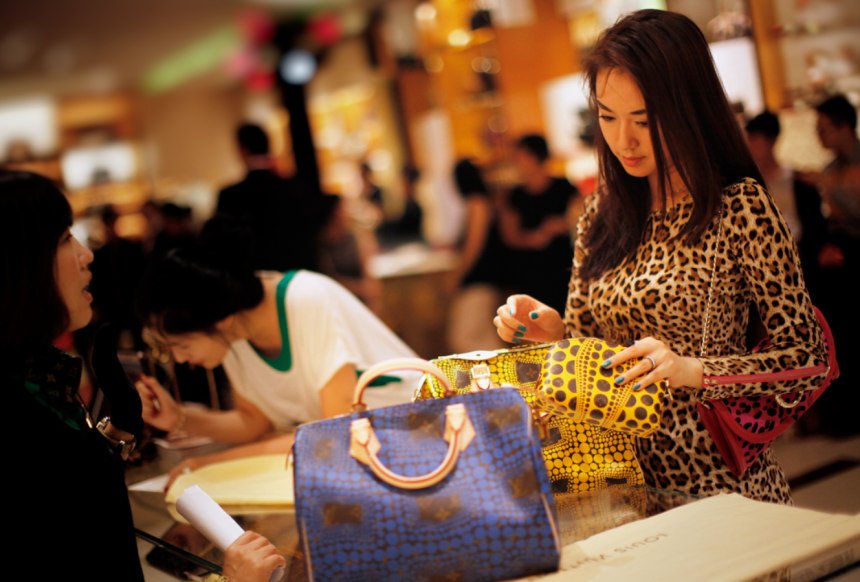According to Altagamma data, the luxury market is growing at two speeds. The reason probably stems from the fact that in times of crisis many people tend to protect their capital through ‘refuge’ goods. This may have significantly slowed down the luxury sectors based on commodities such as gold but, on the other hand, has given a boost to new frontiers in the luxury market.
Online placements also increased, where not only B2C shops of consumer products but also those dedicated to the sale of services excelled. The web has accelerated international transactions, especially at a time when it is ‘experiential’ tourism that has put the economy back on track after the Covid disruption.
This is also why, in Altagamma Bain’s report, we read positive data on private mobility, especially online: hiring a private jet from London to Ibiza, for example, has never been easier than in the past.
China and Europe as world leaders
The global market for luxury personal goods continues to show growth in Q1 2023, albeit at a slightly slower pace than the post-COVID boom. The dynamic is characterised by a two-speed race, with China and Europe leading the growth, while the US shows a weaker trend, registering a 3% increase for the year.
The polarisation of brands is becoming more and more pronounced, with an increasing focus on selected niches. The Report’s figures reveal that the sector ended 2022 with a record 345 billion euro (+19%), despite a slowdown in the last quarter (+10%).
The year 2023, on the other hand, opened with a first quarter in line with the previous one (+9/11%), while estimates for the whole year were revised upwards, with a significant increase of up to 12%. Interesting, in this regard, is the emergence of new ‘micro’ trade routes between Europe and China, characterised by the so-called ‘high-end Chinese clientele’, which has contributed significantly to the growth of the private jet market for continental flights.
Elevation and uniqueness of the luxury product
One of the key changes in understanding the evolution of the luxury market is elevation, i.e., the growing demand for unique or collector’s items, jewellery, watches and accessories of the highest quality.
This principle has helped create a sphere of experiential consumption, i.e., also based on the intangible value of the good or service purchased. This is why categories such as private jets continue to perform well, which testifies to the fact that a true luxury revolution is underway from a holistic perspective.
Finally, in the retail context, client-telling, that is, the relationship between consumer and brand, emerges as the real driver of the sector, with a return to the ‘back-to-store’ phenomenon. In a market dominated by big brands, attention to detail, a clear identity and a specific DNA are essential to get noticed, especially for small or newly established brands.















